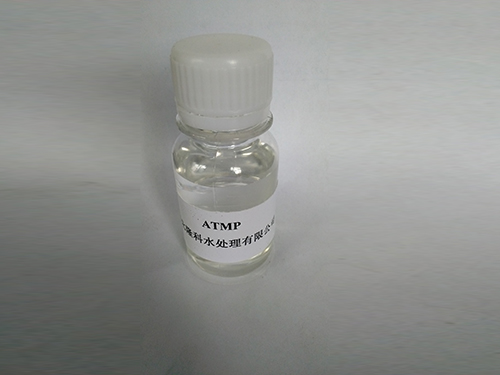partially hydrolysed polyacrylamide
Partially Hydrolysed Polyacrylamide An Overview
Partially Hydrolysed Polyacrylamide (PHPA) is an essential polymer widely used in various industries due to its unique properties and performance characteristics. This water-soluble synthetic polymer is derived from the polymerization of acrylamide, followed by partial hydrolysis. The resulting structure incorporates both hydrophilic (water-attracting) and hydrophobic (water-repelling) segments, which endow PHPA with its distinctive functionalities.
Chemical Properties and Composition
Partially Hydrolysed Polyacrylamide has a versatile molecular structure that is characterized by its repeating units of acrylamide, with a certain percentage of these units undergoing hydrolysis. The degree of hydrolysis can be controlled during the manufacturing process, allowing for tailored characteristics to meet specific application needs. Typically, PHPA has a hydrolysis degree ranging between 10% to 30%, which influences its viscosity, solubility, and reactivity.
The polymer's molecular weight can also be adjusted, affecting its performance in various applications. Higher molecular weights tend to enhance viscosity and provide better thickening properties, while lower molecular weights may offer improved flow characteristics and easier application. This adaptability makes PHPA suitable for a variety of fields, including wastewater treatment, agriculture, and oil recovery.
Applications in Industry
1. Oil and Gas Industry PHPA is extensively utilized in the oil and gas sector, particularly in drilling fluids. It works as a viscosifier and helps to stabilize the drilling mud, enhancing the efficiency of the drilling process. The polymer aids in controlling the fluid loss and improves the density of the mud, which is crucial for maintaining pressure during drilling operations.
2. Water Treatment The water treatment industry benefits significantly from PHPA's flocculating properties. It assists in the aggregation of suspended particles, making it easier to remove impurities from wastewater and industrial effluents. By improving settling rates and enhancing filtration processes, PHPA contributes to more efficient and effective water treatment systems.
partially hydrolysed polyacrylamide

3. Agriculture In agriculture, PHPA is used as a soil conditioner and water retention agent. When applied to soil, it enhances soil structure, increases moisture retention, and reduces erosion. This is particularly beneficial in arid regions, where water conservation is critical. Additionally, PHPA can improve the efficiency of fertilizers by modifying their release properties and preventing leaching.
4. Cosmetics and Personal Care PHPA is also used in the cosmetics industry due to its thickening and stabilizing properties. It is often found in lotions, creams, and gels, where it helps to achieve the desired consistency and enhances the product’s performance.
Environmental Considerations
Despite its many benefits, the use of PHPA does raise some environmental concerns. The transformation of acrylamide into polyacrylamide involves handling a toxic compound that can pose health risks if not managed properly. Consequently, manufacturers and users of PHPA are encouraged to adopt best practices to minimize exposure and ensure safe handling.
Moreover, while PHPA is generally considered to be non-toxic and biodegradable, the environmental impact of its use must be assessed on a case-by-case basis, particularly in aquatic environments. Therefore, ongoing research and monitoring of PHPA in different applications are critical to ensuring its safe utilization.
Conclusion
Partially Hydrolysed Polyacrylamide is a crucial material across multiple industries, thanks to its versatile properties and wide range of applications. From improving drilling efficiency in the oil industry to enhancing water treatment processes and promoting sustainable agriculture, PHPA plays an instrumental role in modern industrial practices. However, as with any synthetic polymer, attention must be paid to its environmental implications, and steps should be taken to promote responsible usage. As technology advances, the potential for new applications and improved formulations of PHPA continues to grow, offering promising directions for future research and development.
-
Water Treatment with Flocculant Water TreatmentNewsJun.12,2025
-
Polymaleic AnhydrideNewsJun.12,2025
-
Polyaspartic AcidNewsJun.12,2025
-
Enhance Industrial Processes with IsothiazolinonesNewsJun.12,2025
-
Enhance Industrial Processes with PBTCA SolutionsNewsJun.12,2025
-
Dodecyldimethylbenzylammonium Chloride SolutionsNewsJun.12,2025





